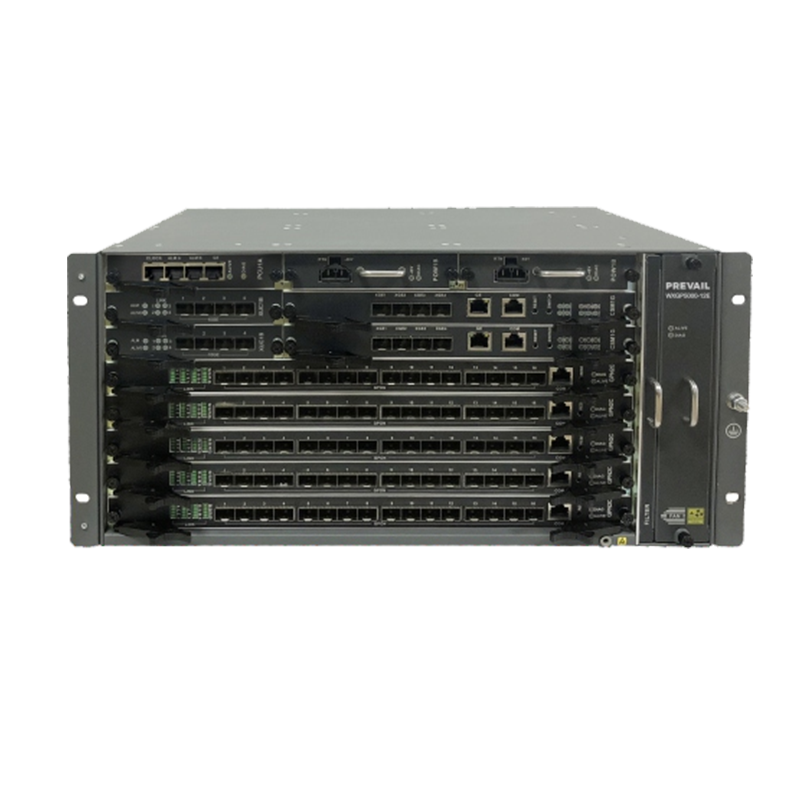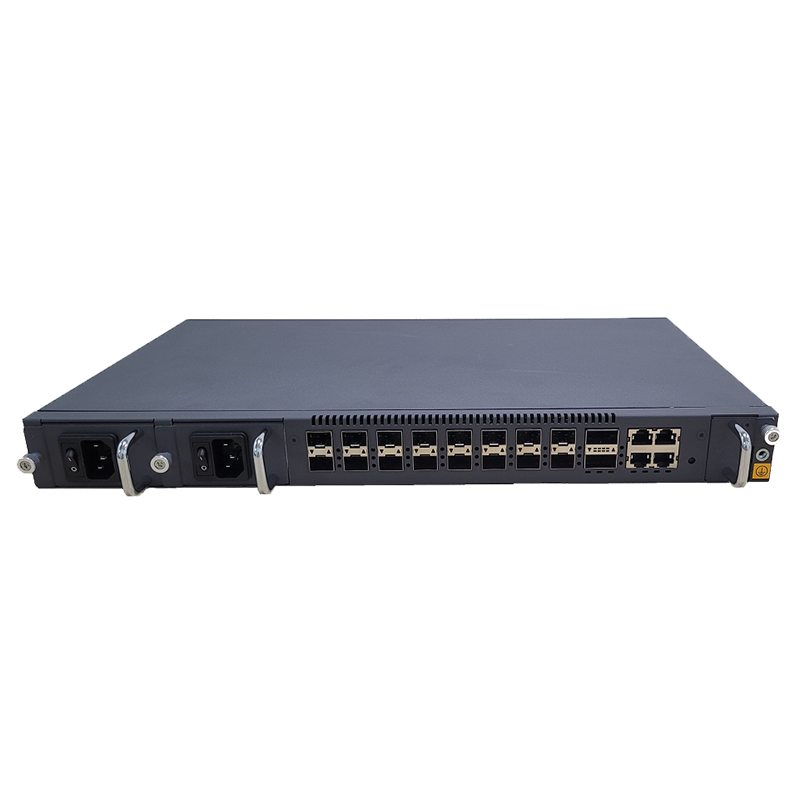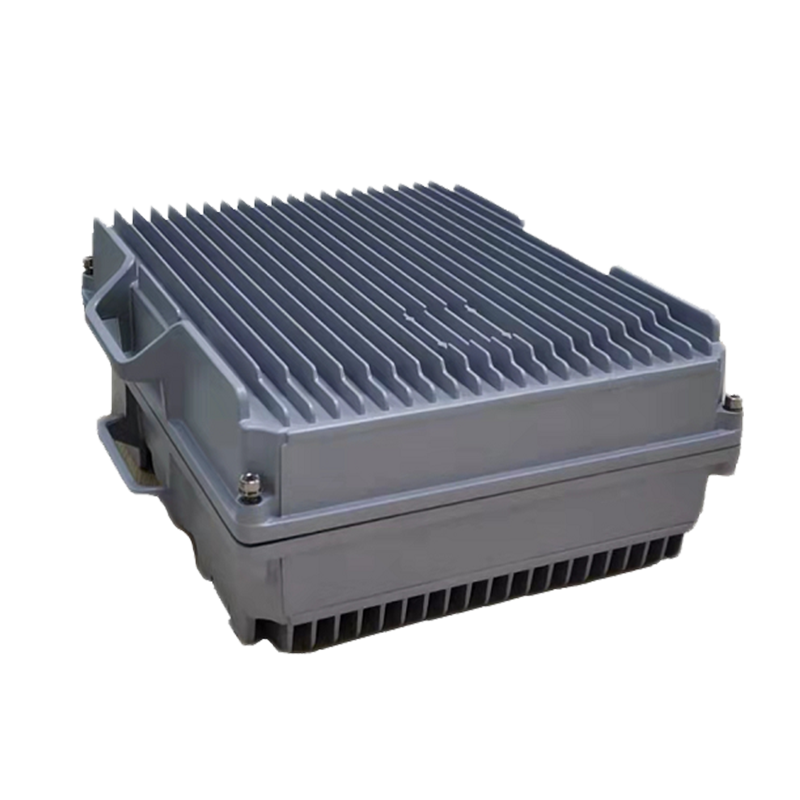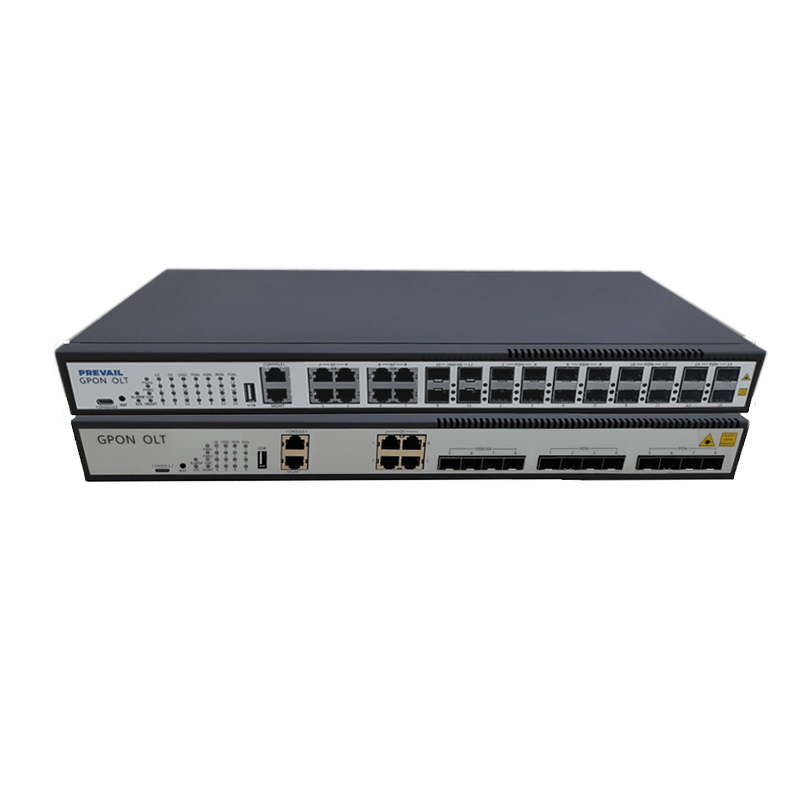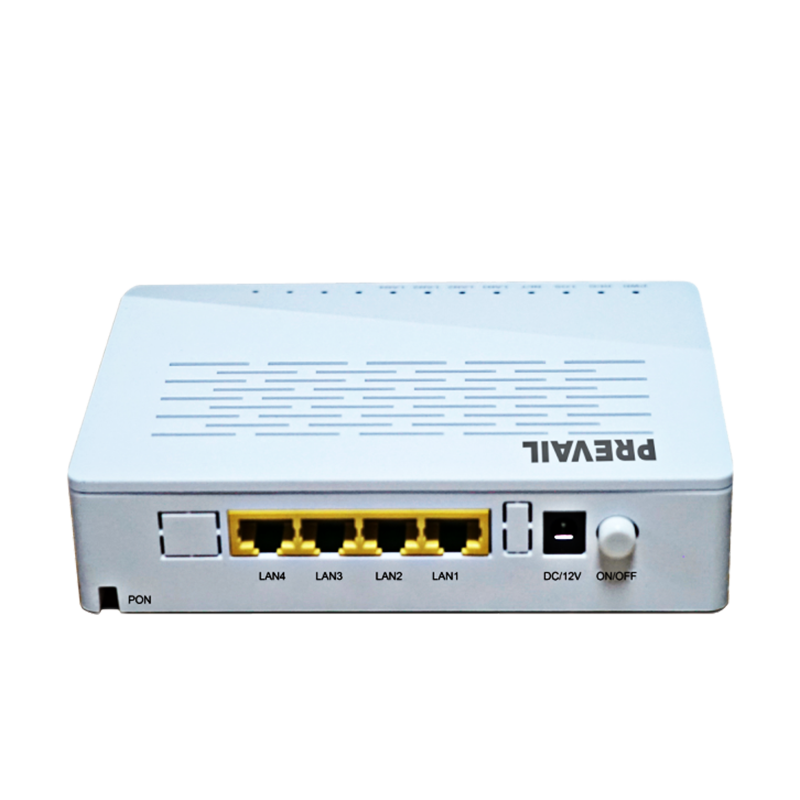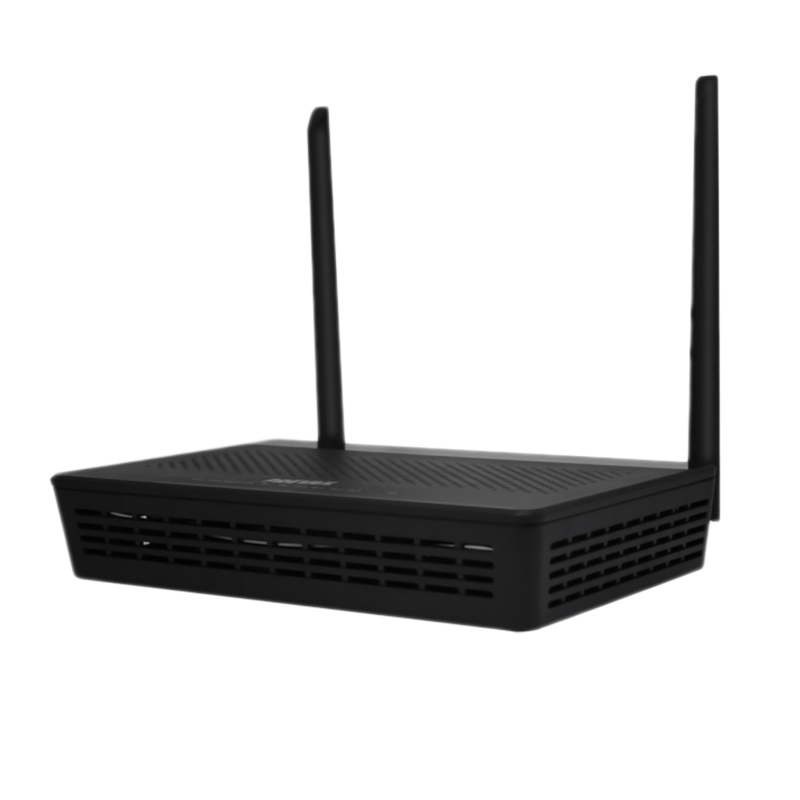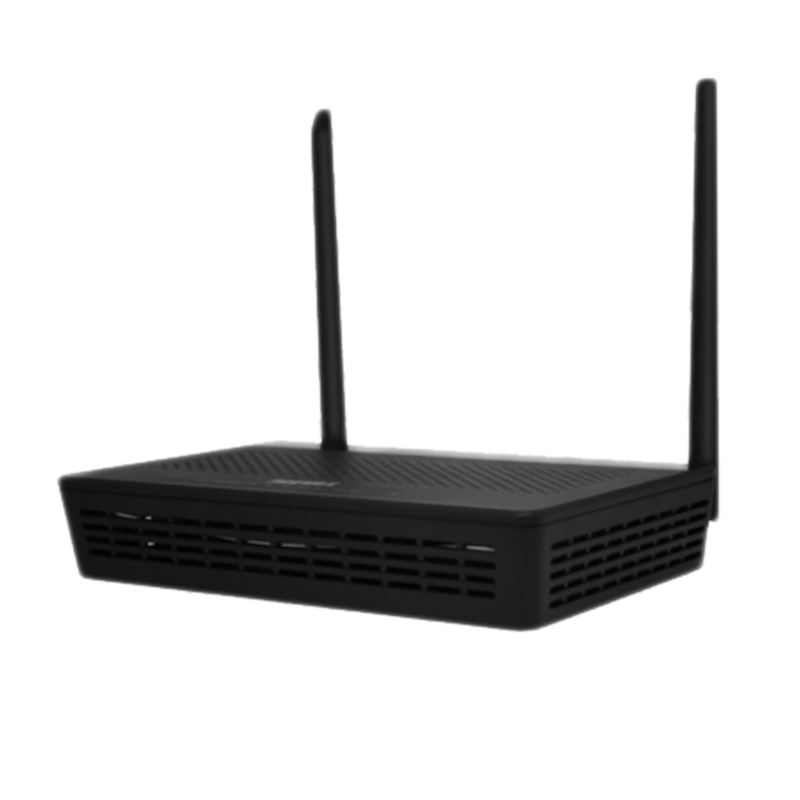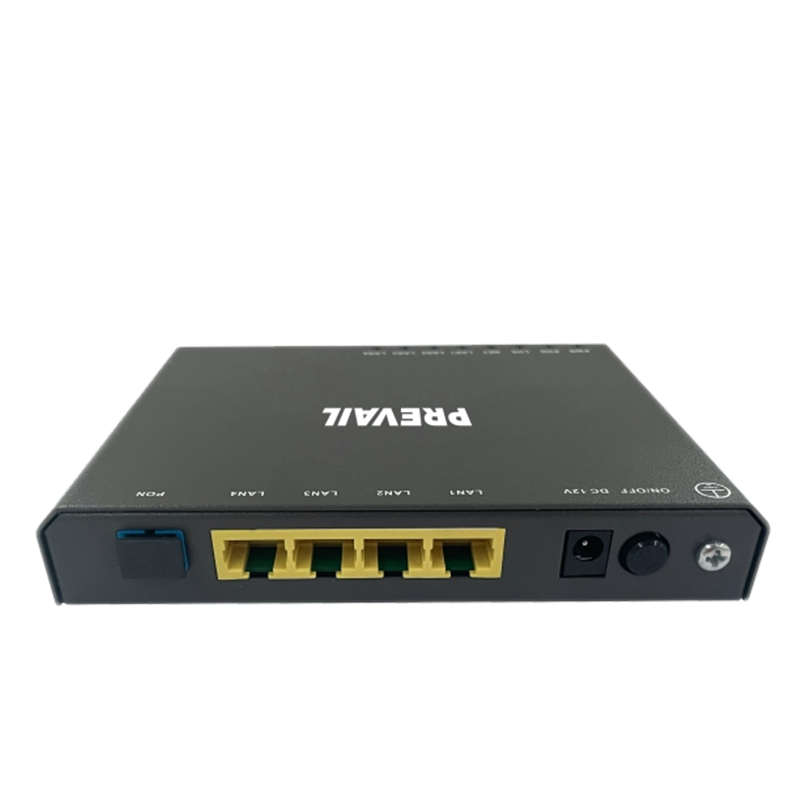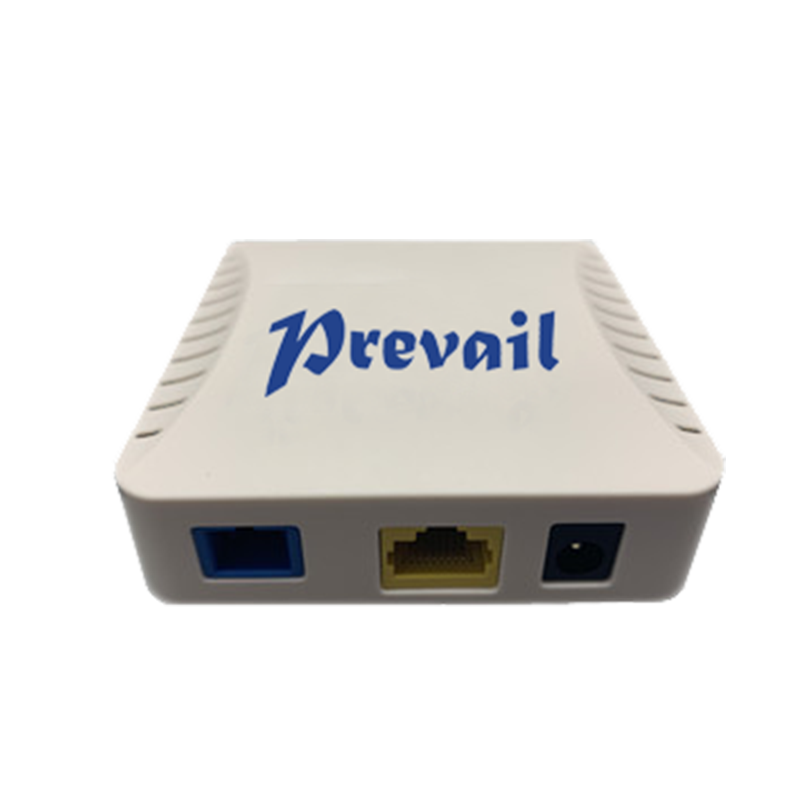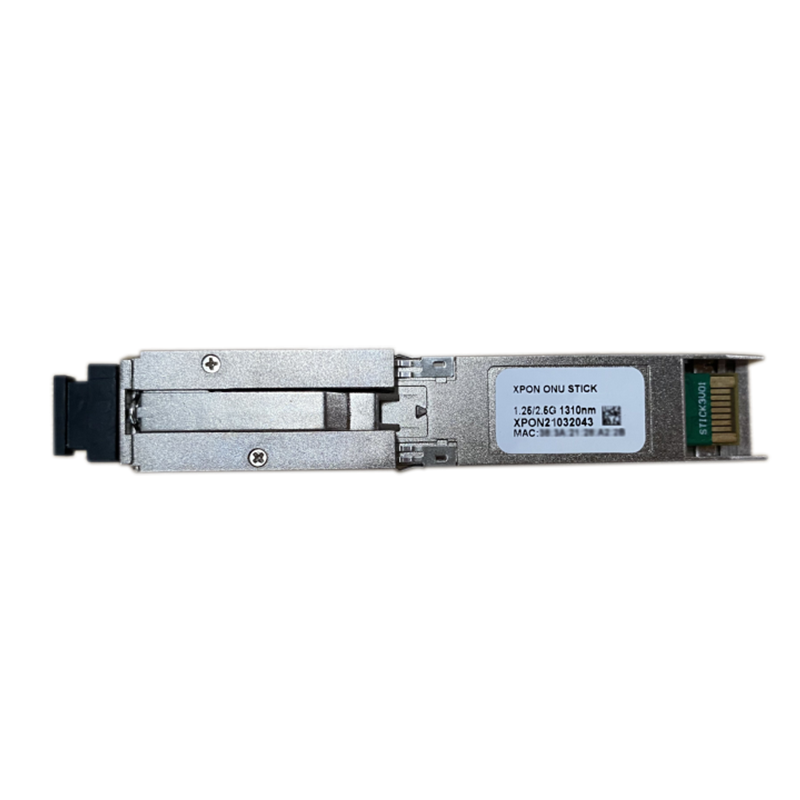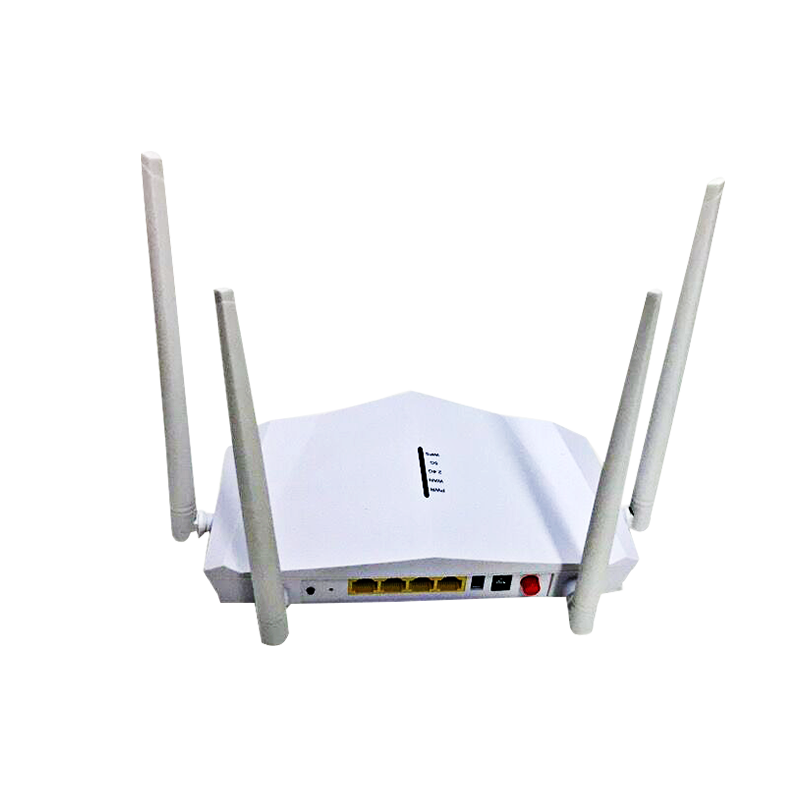What are the different types of optical network equipment (transceivers, switches, routers, amplifiers)?
There are several types of optical network equipment, each serving specific functions in transmitting and managing optical signals across telecommunications and data networks. Here are the main types:
Optical Transceivers:
Function: Convert electrical signals into optical signals for transmission over fiber optic cables and vice versa.
Use: Typically used in networking devices such as switches, routers, and servers to enable high-speed data communication over optical networks.
Types: Include modules such as SFP (Small Form-Factor Pluggable), SFP+, QSFP (Quad Small Form-Factor Pluggable), QSFP28, etc., each supporting different data rates and transmission distances.
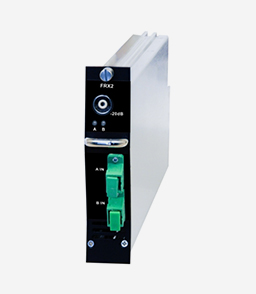
Optical Switches:
Function: Direct optical signals between multiple fiber optic ports.
Use: Enable network administrators to manage and control the routing of optical signals within a network.
Types: Include mechanical, MEMS (Micro-Electro-Mechanical Systems), and semiconductor-based optical switches, each offering different switching speeds and scalability.
Optical Routers:
Function: Forward data packets between computer networks based on IP addresses.
Use: Manage and route data traffic in large-scale networks, including both optical and traditional Ethernet-based networks.
Types: Often integrate both optical and electrical interfaces to support hybrid networks and ensure compatibility with different network protocols.
Optical Amplifiers:
Function: Boost optical signals to extend transmission distances without the need for converting them to electrical signals.
Use: Compensate for signal loss in long-distance optical networks, improving signal strength and quality.
Types: Include erbium-doped fiber amplifiers (EDFAs), semiconductor optical amplifiers (SOAs), and Raman amplifiers, each offering different amplification capabilities and performance characteristics.
These types of optical network equipment play crucial roles in ensuring efficient and reliable transmission of data over fiber optic networks, catering to various needs such as speed, distance, and network scalability. Integrating these components effectively helps optimize network performance and support the growing demand for high-bandwidth applications and services.





